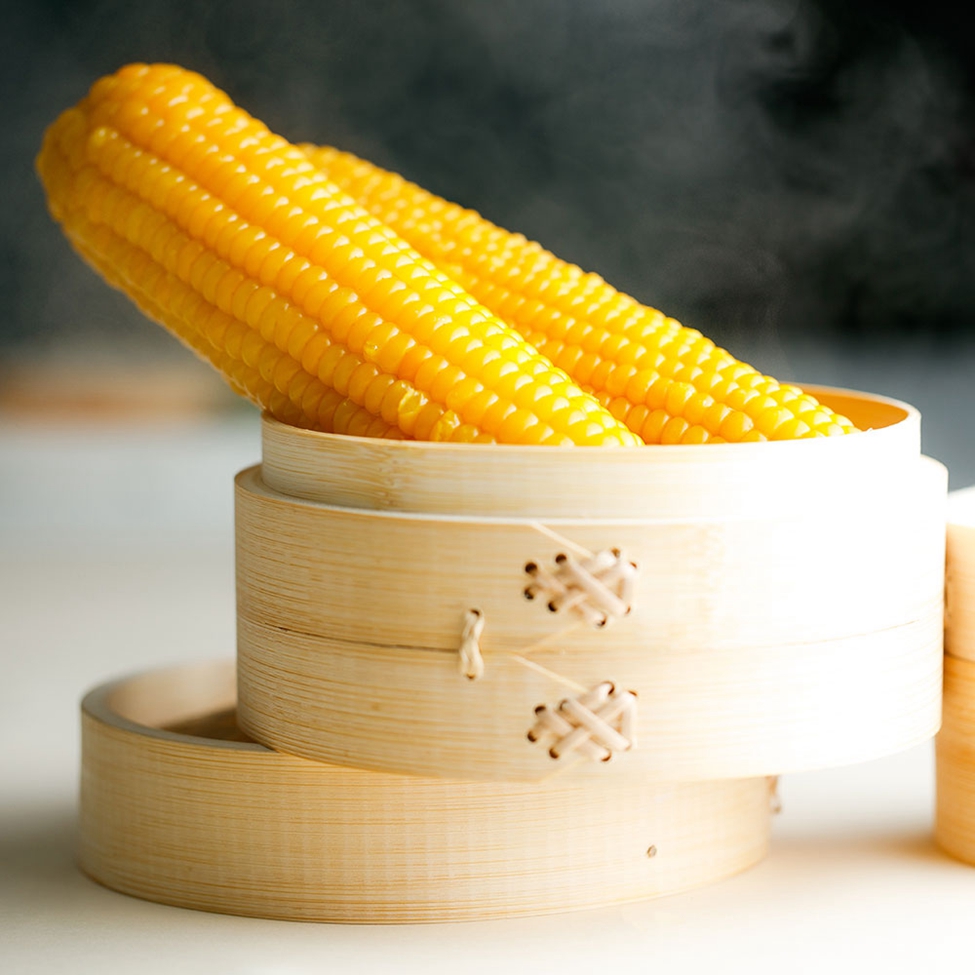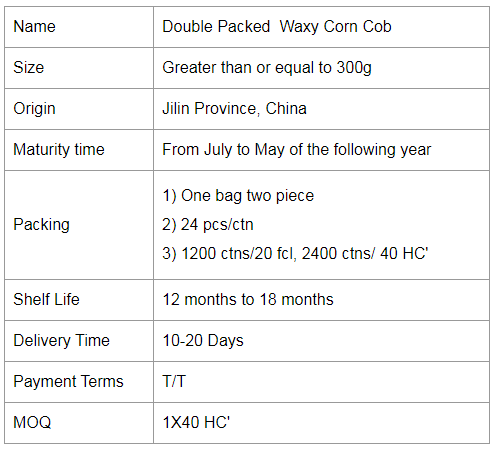Although chemical control is an important means of preventing and controlling diseases, if the occurrence of diseases is suppressed by various physical control measures, the amount of chemical used can be reduced and the safety of vegetables can be improved. From a physical point of view, controlling the temperature, light, water, and fertilizer in the shed, inhibiting the spread of pathogenic bacteria, is an important measure to prevent and control the occurrence of diseases.
temperature
The pathogenic bacteria have a certain temperature and temperature, beyond this temperature range, the infection of pathogenic bacteria is inhibited and even killed. Fungal pathogens are generally sensitive to high temperatures and are not sensitive to low temperatures. At low temperatures, pathogenic spores can live longer; at high temperatures, pathogens are quickly killed. Some thermophilic vegetables have better tolerance to high temperatures. For example, cucumbers have the strongest photosynthesis at 38°C and high humidity. Therefore, when the humidity in the booth is high and the weather is sunny, the ventilation openings are closed at noon, and the temperature inside the greenhouse is raised to 40° C. and maintained for 2 hours. This can prevent cucumber diseases from occurring.
illumination
The ultraviolet rays in the sunlight have a strong killing effect on the pathogenic bacteria, and the light is strong, the plant photosynthesis is sufficient, the photosynthetic product is sufficient, the plant's resistance is strong, and the pathogenic bacteria are more difficult to infiltrate. The effect of light on plant growth is obvious, and the light is weak in rainy days and the diseases are most likely to be outbreaks. Lighting also directly determines the temperature changes in the shed.
Moisture (humidity)
Under normal circumstances, the lighting and temperature in the shed are mainly determined by the external environment. If it is a continuous rainy day, the light and temperature cannot be high. At this time, moisture has become a key factor affecting the epidemic of diseases. Humidity is conducive to spread of pathogenic bacteria. Most disease outbreaks require more than 85% relative humidity.
The humidity in the shed is affected by various factors such as irrigation and ventilation. Among them, ventilation is the most important factor affecting the humidity in the shed. Under normal conditions, the humidity inside the shed is much higher than that outside the shed. If the ventilation conditions are good, the air inside and outside the shed will circulate, and the humidity inside the shed will fall. The pathogenic bacteria complete the process of dipping and harming, and it needs longer time and higher humidity conditions. Many vegetable farmers pass small winds for 10-20 minutes after exposing the grass, and the important purpose is to quickly reduce the humidity in the greenhouse, reduce the time of condensation on the surface of the vegetables, and inhibit the spread of pathogenic bacteria. Traditional irrigation methods have low water use efficiency and have a great impact on the humidity in the greenhouse. Drip irrigation, on the other hand, can greatly increase the utilization of water, reduce the evaporation of surface moisture, and control the humidity in the shed. The mulching film directly reduces the contact area between the surface and the air and reduces the evaporation of surface water. Humidity is greatly affected by temperature. Under the same conditions, the higher the temperature, the lower the humidity.
fertilizer
Fertilizer is the “grain†for plant growth. The proportion of soil fertility and whether it is reasonable determines the development of the plant. If the plants are poorly developed, disease resistance is poor.
Disclaimer: Some articles in this website have been transferred from the Internet. If you are involved in third party legal rights, please inform this website. phone
Double Packed Yellow Waxy Corn Cob
The most common waxy and sweet corn market, waxy corn nutrient content is higher than ordinary corn, contains 70-75% starch (and almost all amylose), more than 10% protein, 4-5% fat and 2% multivitamin, has more grain, VA, VB1, VB2 than rice protein, fat and VB2 highest content. Yellow corn also contains carotenoids like rice and wheat. The molecular weight of glutinous corn starch is more than 10 times smaller than that of ordinary corn. The starch makes glutinous rice sticky and soft, which is softer than that of ordinary hard corn. It has more than 20 percent more digestibility than regular corn and is suitable for people with irregular teeth. At the same time, the amylose (a polysaccharide) content is very high, not suitable for diabetics.
Waxy corn is also called sticky corn. The grain has a coarse, waxy endosperm that resembles a glossy, transparent grain, such as a hard, dented corn. Its chemical and physical properties are controlled by a recessive gene located on chromosome 9. 100% of the starch in the endosperm is amylose.



Glutinous Corn,Yellow Corn Cob,Corn On The Cob,Double Packed Yellow Waxy Corn Cob
Jilin Province Argricultural Sister-in-law Food Co., Ltd. , https://www.nscorn.com